Top 5 BBQ Maintenance Tips
1. Complete routine safety inspections of the BBQ
Make sure all the major components of the grill are intact and properly installed before starting the barbecue. It is important to make sure there are no gas leaks coming from the gas line, which can occur when rodents chew on the line or the line gets damaged. It is also important to ensure the gas is flowing properly through the burner tubes in order to avoid any grease pileups.
2. Empty the bottom tray & drip pan
One of the main causes for rodent droppings and insects in the barbecue is the grease that builds up in the bottom tray and drip pan. When the grease overflows from the drip pan, it will fall into the bottom cabinet of the barbecue, which is easy access for small rodents. To avoid this, empty your bottom tray after every 10 to 15 uses and periodically switch out the drip tray with a new one.
3. Clean the cooking surface before and after every use
Just like you clean a frying pan prior to putting the chicken on the stove, you will want to clean off the cooking surface of the barbecue before laying down the steaks. Be sure to wipe down the grates with a wire-free tool such as a wooden paddle or simply with a paper towel. Avoid wire grill brushes if possible due to the danger of wires getting into the food placed on the grill.
4. Conduct a thorough cleaning at least once per year
A deep cleaning of all parts of the grill will increase performance, safety and longevity of the grill. Having the right knowledge of how to clean your grill and what you will need to do so effectively is important for all grill owners. The barbecue is a gas appliance and must be cared for routinely in order to avoid any unwanted safety issues.
5. Cover the grill after every use
The cover will help protect the grill from the elements and provide some protection against rodents. A good cover will help the grill last longer through reduced outside moisture entering the grill. It is also important to get a cover that allows air to flow in and out of the grill as you do not want moisture to be trapped inside.
